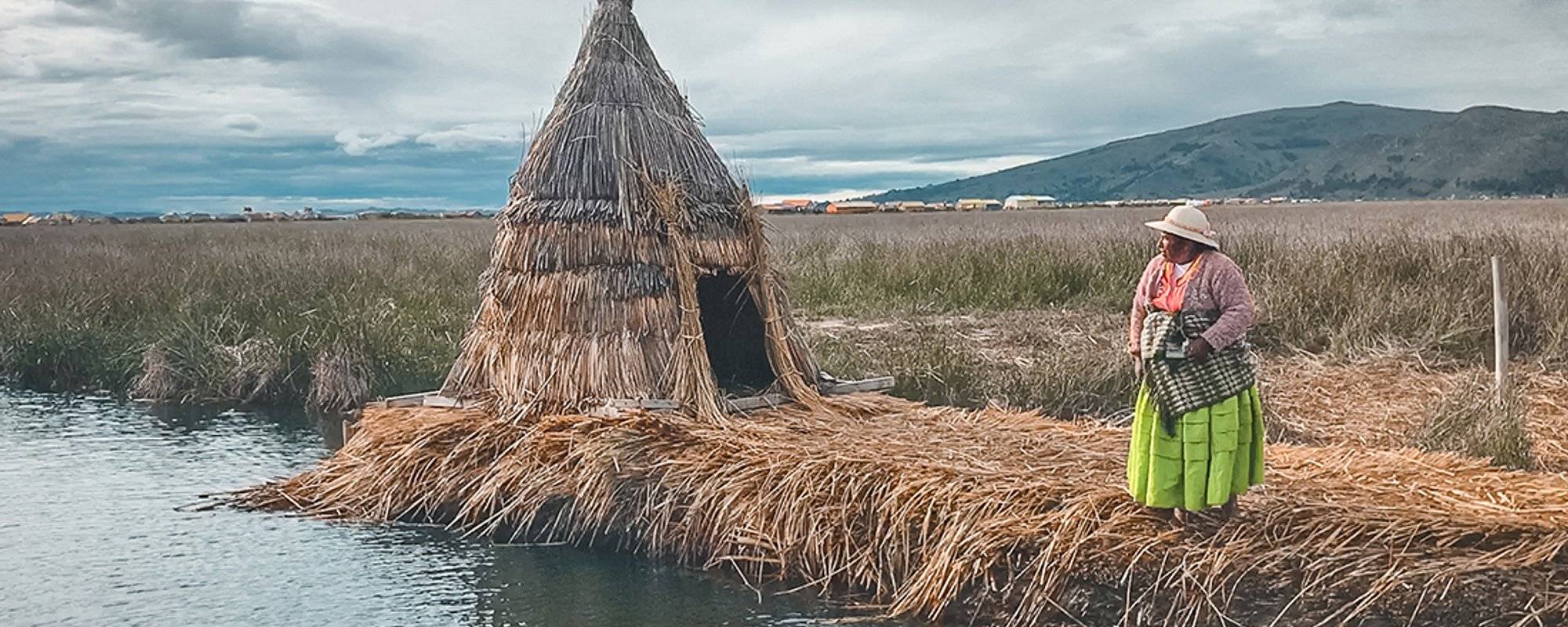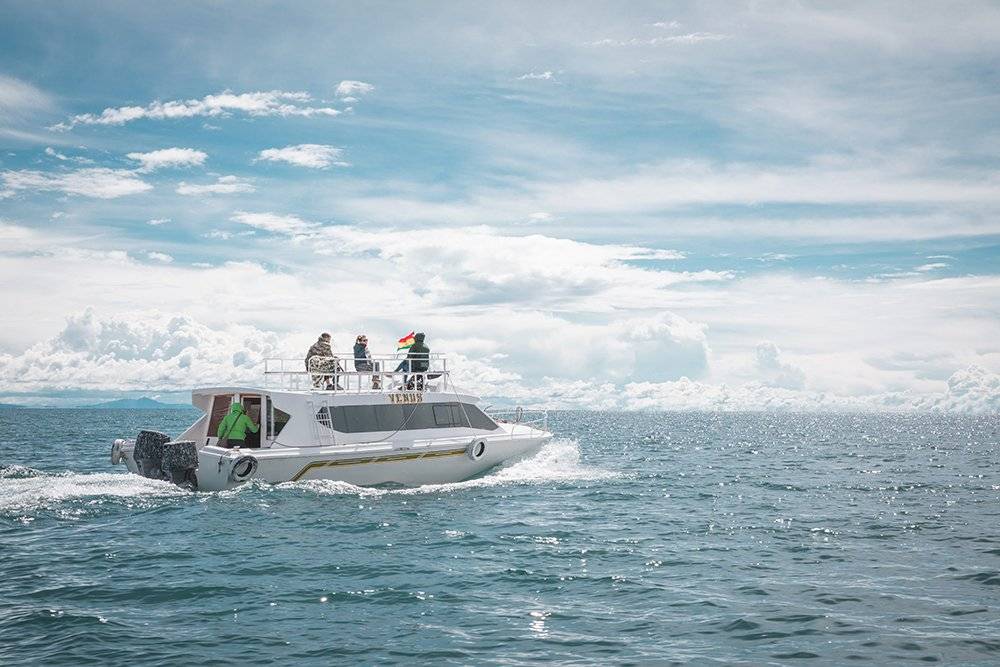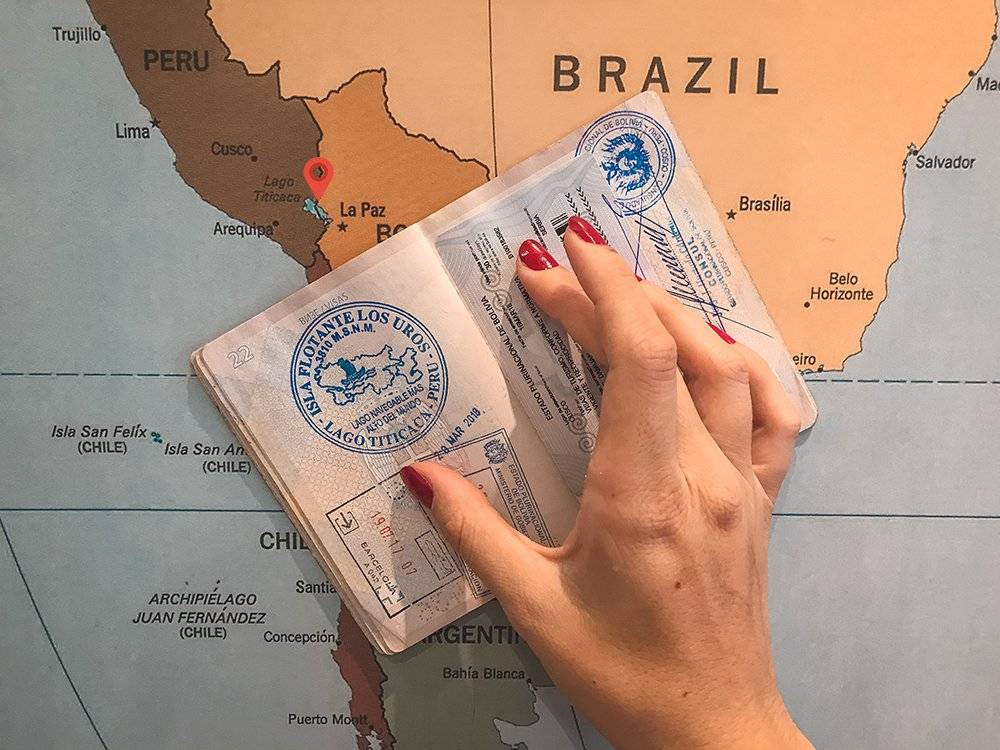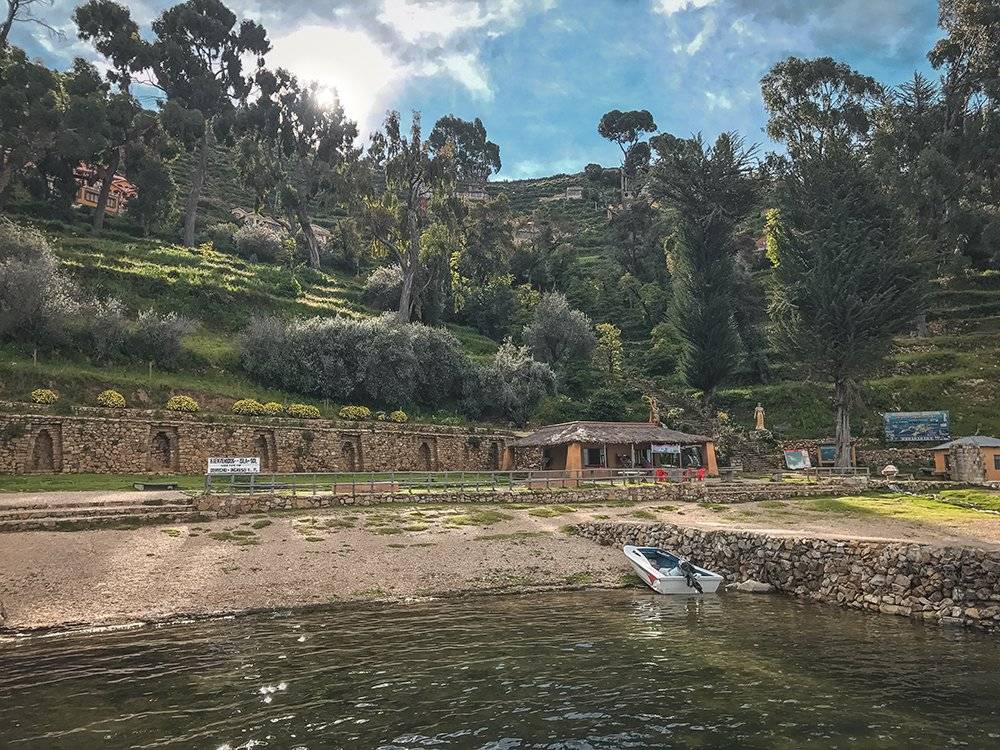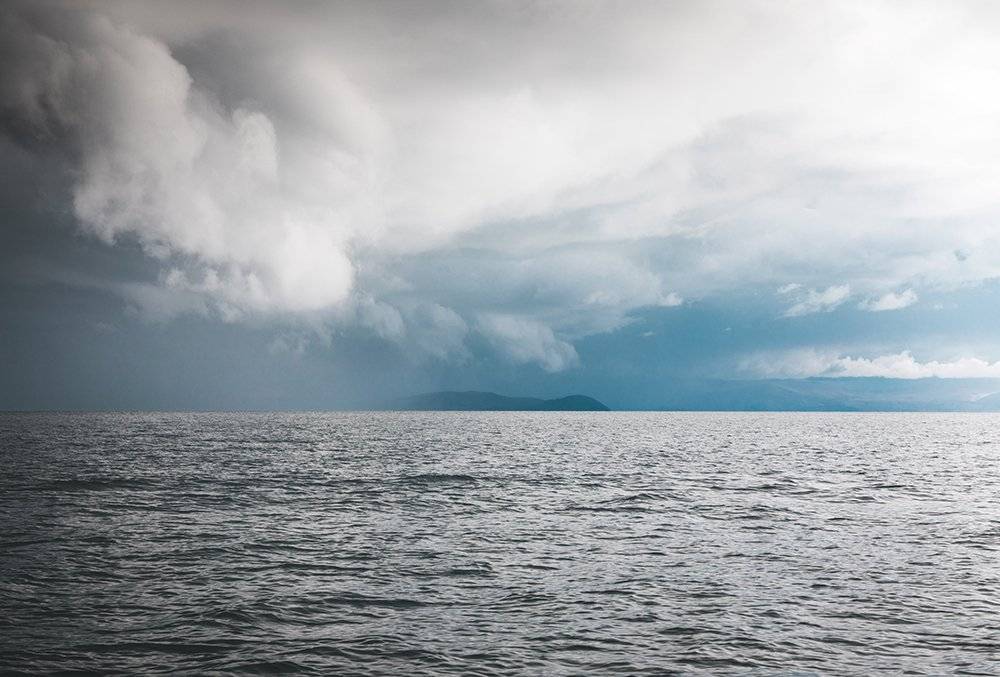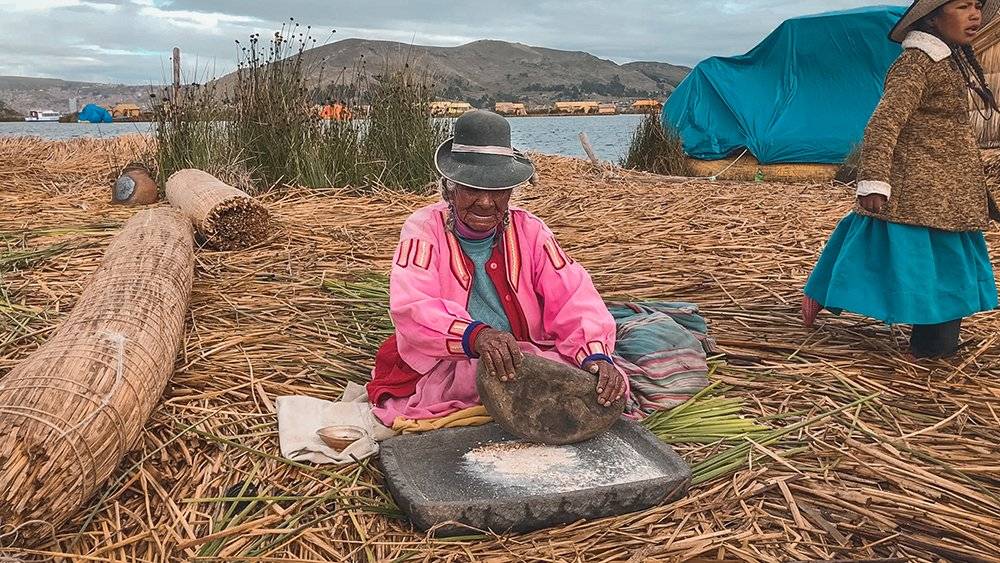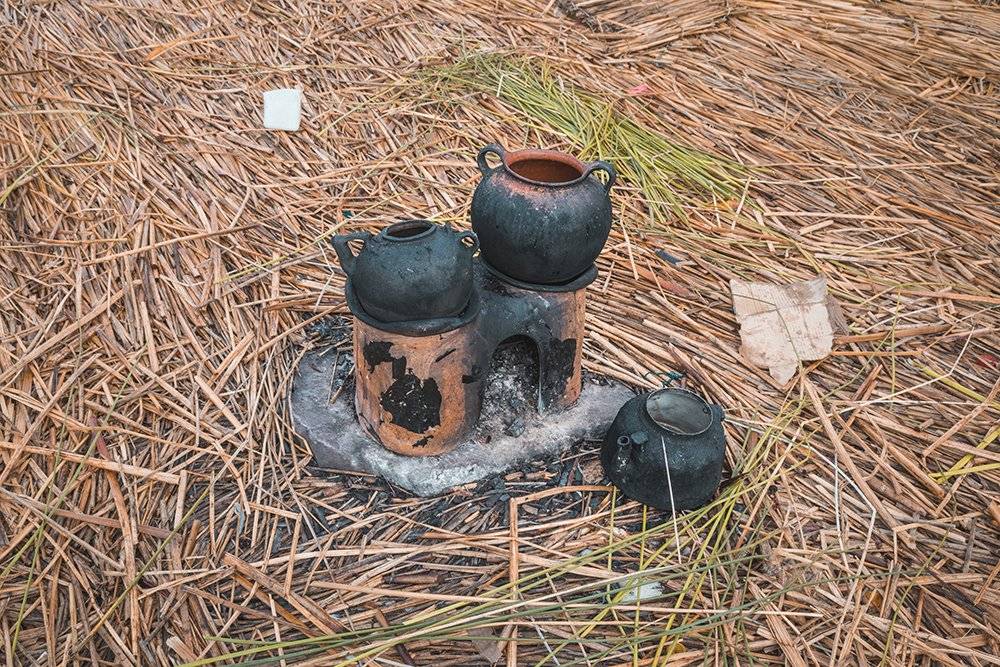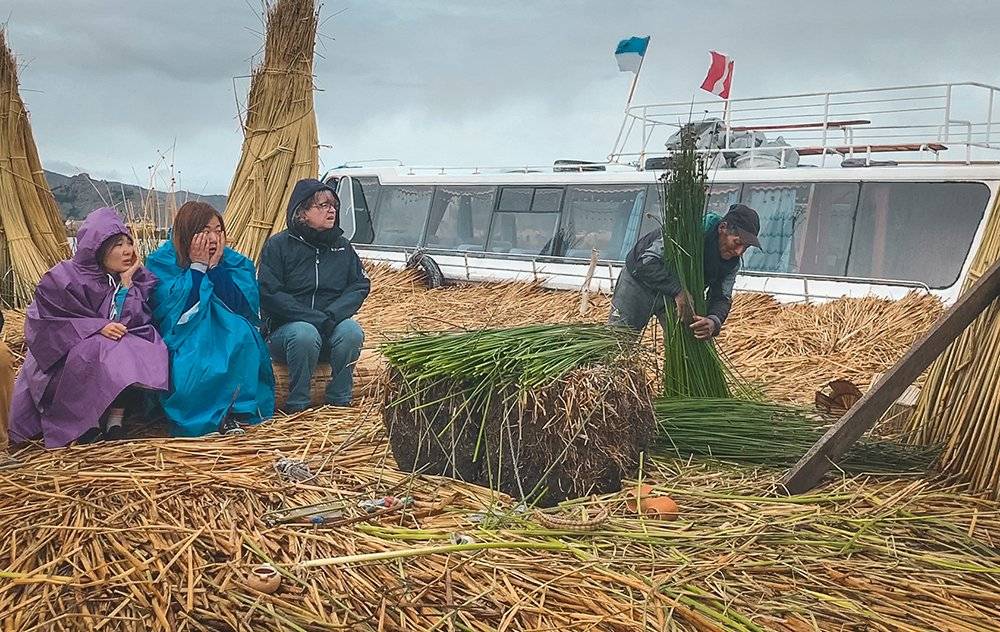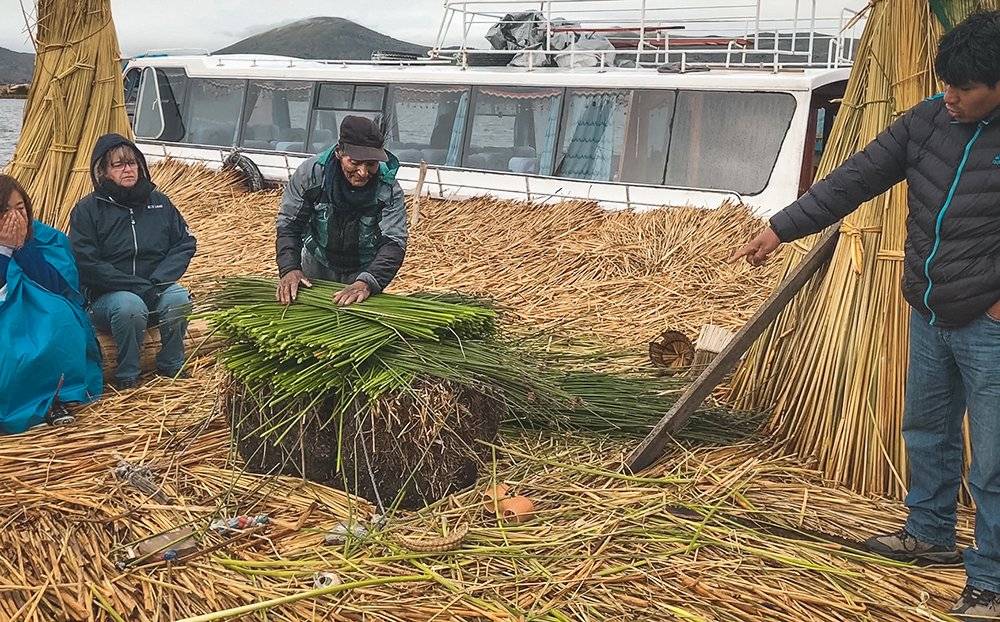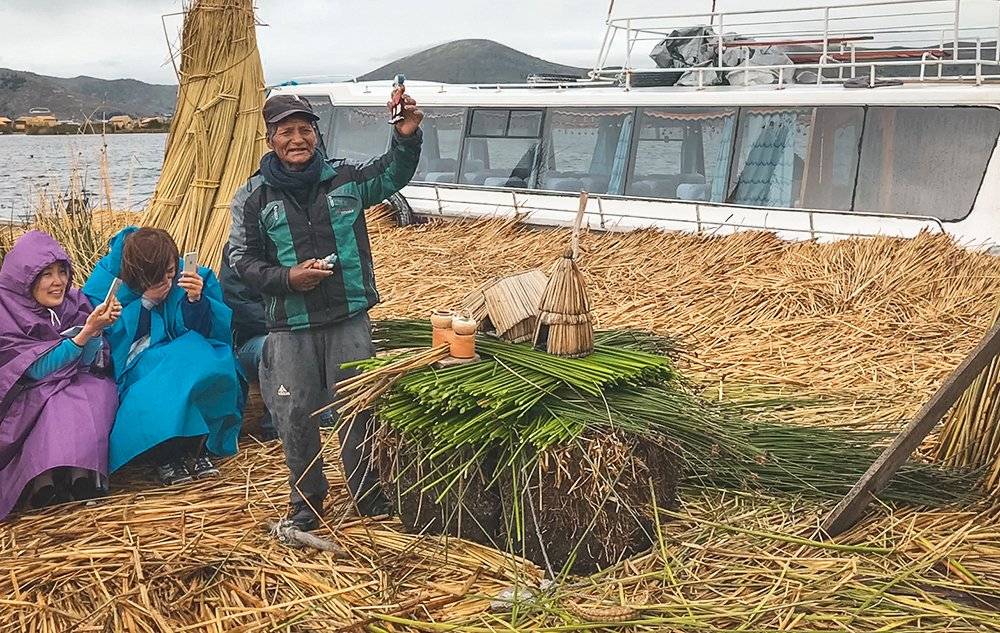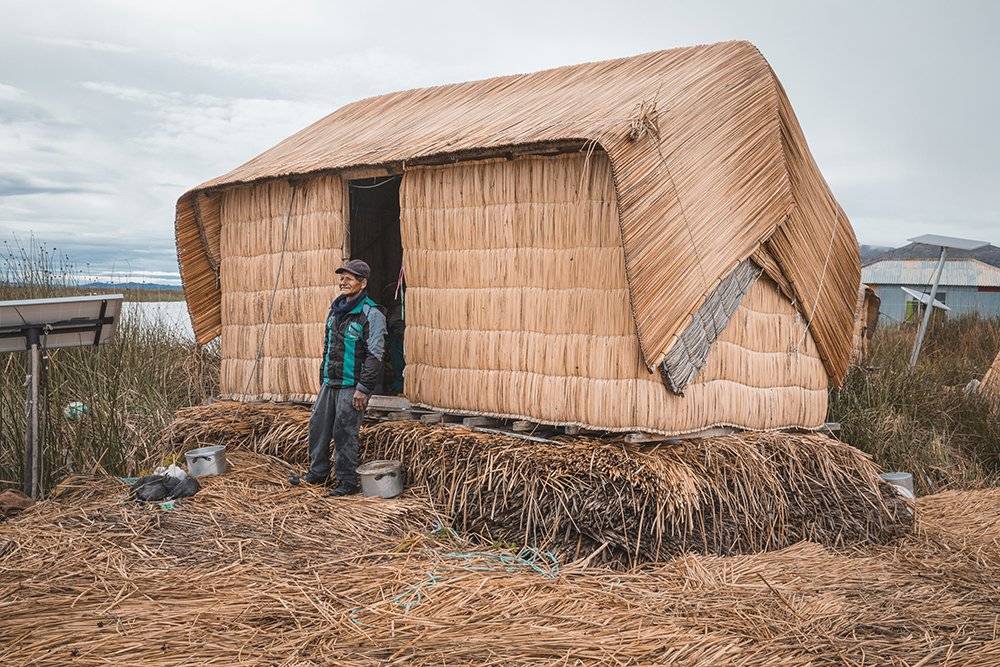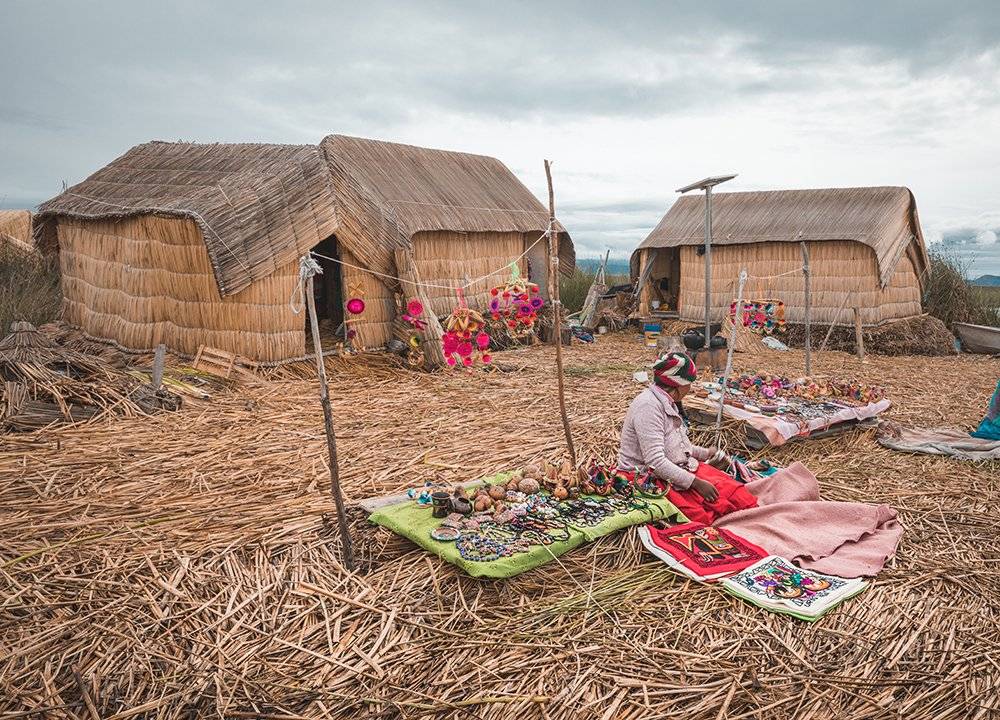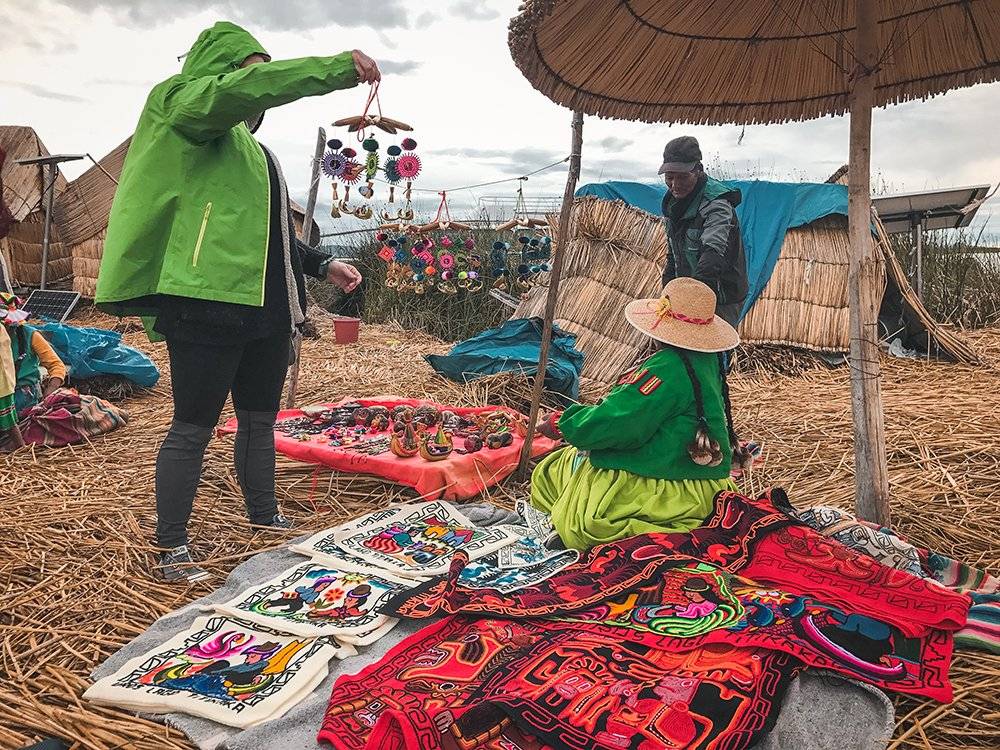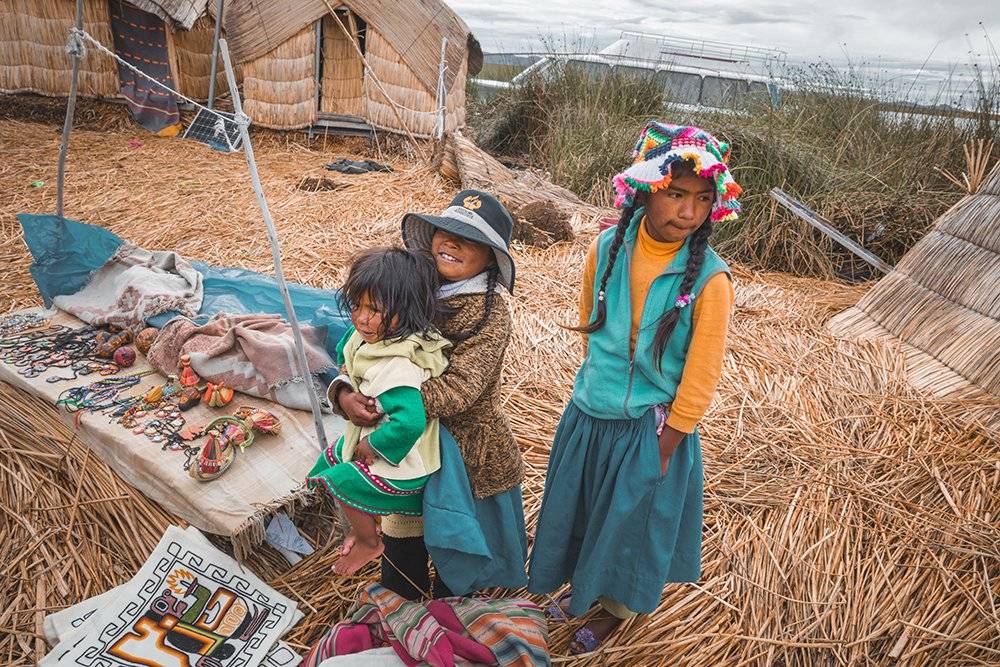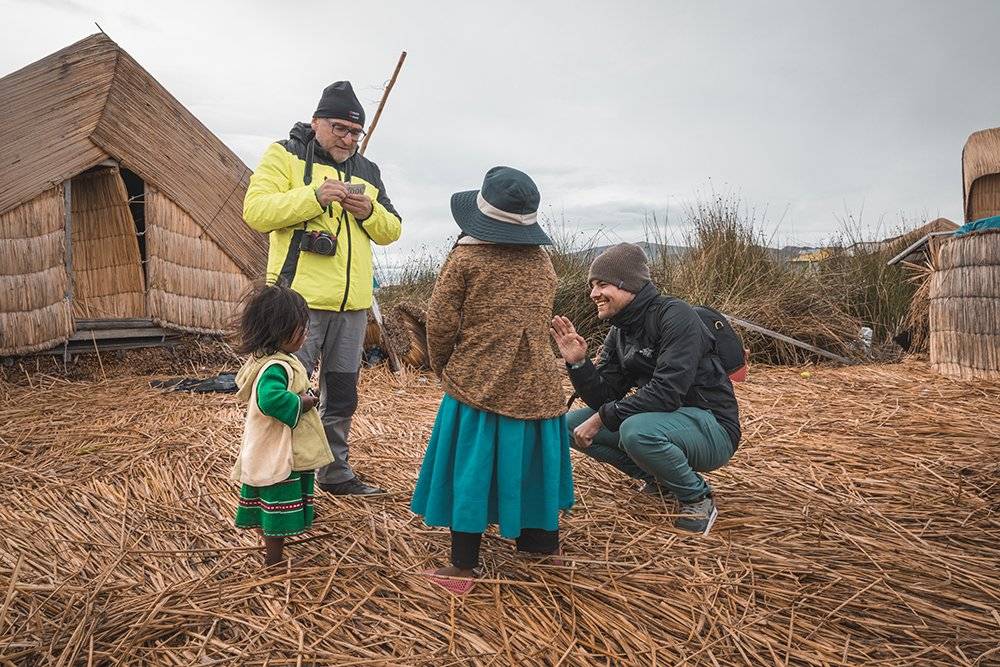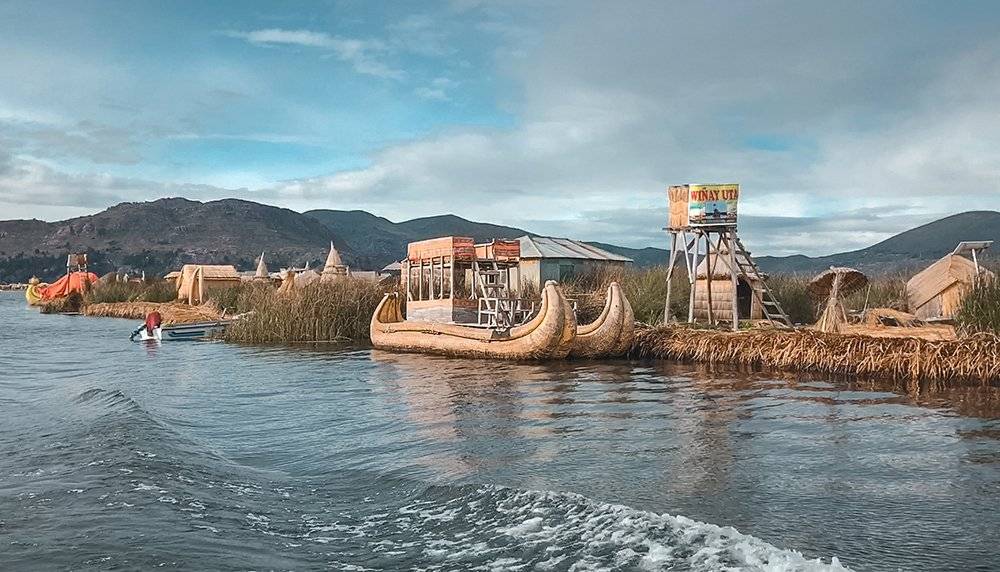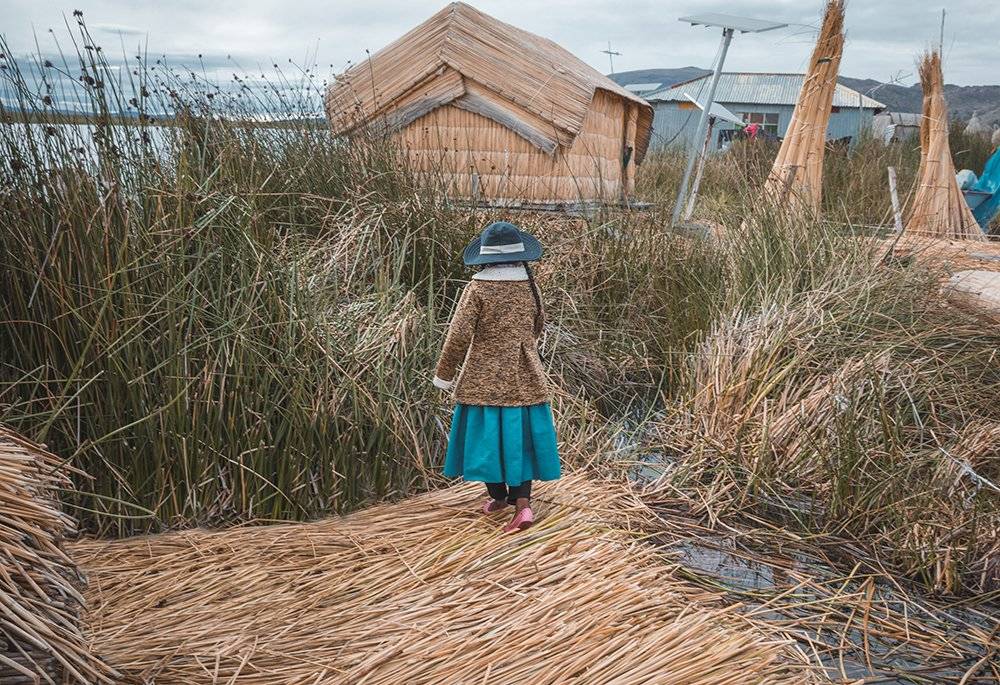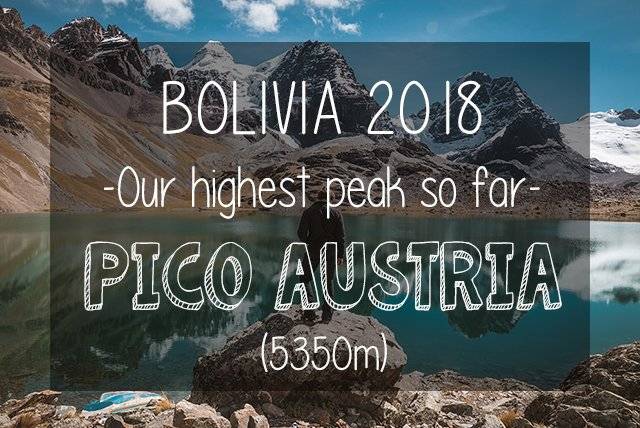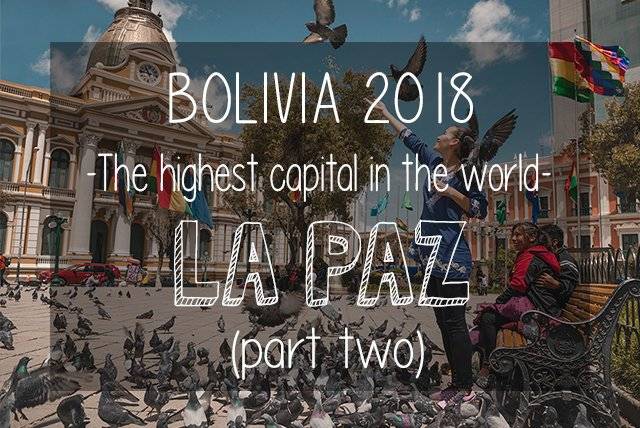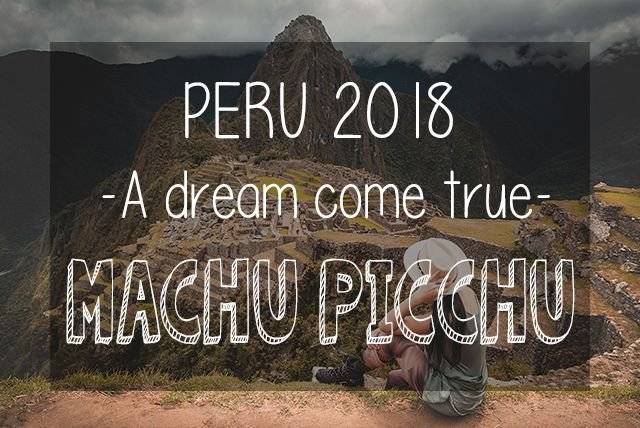Hello my dear Steemians !
Though I presented "Pico Austria (5350m) trek" to be the last one within our Peru-Bolivia 2018 trekking tour, I have one more interesting discovery to add to the whole thing !
After we finished exploring La Paz and it's impressive natural surrounding, it was time to bid our farewells to the amazing Bolivian land and start heading back to Lima and than finally back home.
We took a bus from La Paz to Cusco from which we were to catch a flight departing to Lima.
Full with profound "South American" experience, which was yet to be fully processed, little did we know that one more unusual discovery was waiting for us.
Except this time we didn't climb it, but rather navigated it !
WELCOME TO LAKE TITICACA !
Lake Titcaca is the highest lake in South America and it is considered the highest "navigable" lake in our world.
It sits at an impressive 3812m above sea level and it's quite huge. Once we got there, we remember thinking "Oh, so this is what the Sea of the Andes looks like..." and it truly looked and felt like so.
The cloudy skies were elegantly edging the seemingly endless lake sometimes making it difficult to tell the difference between these separate natural domains.
We took a small boat departing from a small Bolivian town called Copacabana (yeah, like the famous beach in Brazil) and set out to explore several islands which were located nearby.
These islands were a pure joy to explore and we spent most of our time on an island called "Isla del Sol".
This island was really nice, peaceful and, surprisingly, full of vegetation - remember, we were standing at 3812m above sea level...an altitude at which you will find only rock and snow in almost every other continent.
However, what makes lake Titicaca quite special aren't it's natural islands. No, what makes it special are it's man made "floating islands".
We found out that lake Titicaca was and still is home to several ancient Bolivian and Peruvian tribes, among which the most famous are the Uru people.
It is believed that these indigenous people originated from the depths of the Amazon and have eventually arrived to like Titicaca many centuries ago.
They have literally made themselves dozens of small islands using totora reed, and they have been constantly living on them ever since.
Though they made several adjustments regarding the way in which they built and sustained their islands and houses, their way of life has remained practically the same as it was from the very beginning.
The main reason why the Uru have constructed these islands was originally strategic and defensive - If there was a risk of an enemy attack the islands could simply be repositioned.
So how does one make this kind of an island ?
1.The first step in building these islands is forming a firm base of thick layer of reed roots called "Kili". Btw, I just love the expression of the girls sitting in the left side of the image.
3.The third step is anchoring the island with strong ropes that are attached to sticks driven into the bottom of the lake.
And there you have it !
However, we have learned that sustaining these islands is quite challenging as they demand a almost constant resupply of fresh reed.
The majority of the islands are completely refreshed in new reed almost every three months...and the situation is even more difficult during the rainy season, when most of the reed rots much more faster.
There are about 60 of these artificial islands and they are inhabited by a population of 1200 Uru people.
Though the majority of the Uru have moved from the islands to a nearby Bolivian shore, where life conditions are much less difficult, it's interesting to see that some of these people still refuse do the same. The ones that stayed actually prefer the freedom of the islands and rather rely on tourism for regular income.
Some of them have a really interesting tactic regarding the way in which they get the tourists to buy their cute souvenirs:
They bring out the most adorable little kids that you have ever seen and they put them in front of you. Once they look at you with hypnotizing pairs of their giant sparkling eyes and reach out their tiny hands...sorry, but no one is immune to this.
The Uru use reed boats called "balsas" (or sometimes "Mercedes", lol) to navigate between the islands, and if the weather allows it, some of the local people may even offer you a ride. 🌊🚘
We were a bit time limited so we didn't get the chance to hop on one of these "Mercedes", though it seemed that this would be a much more interesting way to navigate and explore the floating islands.
Ladies and gentlemen, we present you the brand new Mercedes line - the premium limmited TITICACA series !
It always amazes us when we discover a lifestyle so unusual and unique such as the one of the floating islands.
Looking at the way in which these people have been living feels like time travel.
You probably had absolutely no idea that they existed and they probably feel the same about you (especially if you came from a small country like we have). And yet there you are, floating on an experience unlike anywhere else in the world.
You look at these people and you see yourself reflected in their eyes. Both sides know and recognize each other as fellow human beings but the difference in lifestyle feels alien like.
As we went back and saw their adorable houses slowly disappearing into the fields of reed , we couldn't help but wonder just how little do we know about our planet and the ways in which the life has been adapting and developing certain environments.
One of the many great benefits of traveling is reflected in the realization of the limitations that only one environment has to offer, and by that we consider the one in which we spend most of our time.
I guess regular traveling can be considered a prelude into space travel - where humans are like small fish that finally take a glimpse of the ocean in which it had been living all their lives.
The more you travel the more you realize that we are all just an integral and a very tiny part of this wonderful and absolutely unique world and that we just reflect it's mysterious nature that varies from one place to another.
You realize that all our differences, beliefs, opinions and attitudes don't really matter once we get the bigger picture.
And if we were to assume that getting the bigger picture represents a never ending work of personal art - traveling can be a perfect first brush stroke !
See you out there !

Ready to Blog & Earn?
With TravelFeed, easily start your own travel blog and earn as you go. It's the smart platform for travelers who want to profit from their passion. Create a free account
All presented content (photography, text, etc.) is my original work.
I hope that you've enjoyed reading this article as much as I have making it.
I really try my best to provide my readers with high quality travel content.
I would more than appreciate all your comments, resteems and upvotes.
Follow me for more great adventures from around the world !
Love,
Damijan
KEEP EXPLORING HERE
Don't Forget: Get Travel Health Insurance!
To make your trip a worry-free experience, TravelFeed recommends SafetyWing Nomad Insurance. It provides comprehensive health coverage while you travel, so you can focus on exploring, not the unexpected. Get a quote here
Travel Resources for your trip to Peru
Recommended by TravelFeed
Flights: We recommend checking Kiwi.com to find the best and cheapest flights to Peru.
Accomodation: Explore the best places to stay in Peru on Booking.com, Agoda and Hostelworld.
Travel Insurance: Medical emergencies abroad can be pricey, but travel health insurance is not. We always use SafetyWing for affordable and reliable coverage.
Car Rental: For hassle-free car hiring, DiscoverCars is our trusted choice with a wide selection of vehicles.
Internet: Got an eSIM compatible phone? Airalo is perfect for reliable internet access during your trip. Just install it before you go, and you're set!
Day Trips & Tours: We recommend GetYourGuide for a variety of well-organized and enjoyable activities.
Travel Planner: Need a hand planning? Our free travel planner chatbot is your personal guide to Peru. Chat now.
Disclosure: Posts on TravelFeed may contain affiliate links. See affiliate disclosure.
